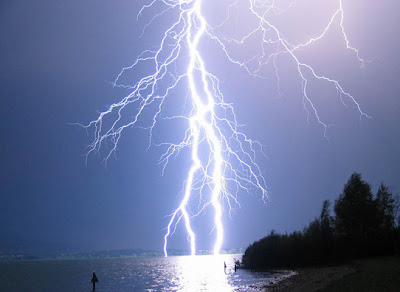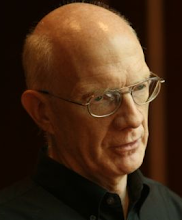I was in Europe on business this past week, Sunday through Friday, and spent my time in Basel and Berlin, which are both serious cycling cities. There were crowds of cyclists out, as the weather was mild. Pictures are worth thousands of words, and I'm suffering from mild jet-lag, so I'll just post some pictures and make a few comments. I describe this kind of post as "Euro-envy".
I know I've got a worldwide readership, and those of you who live in "real" cycling cities in Europe and elsewhere may well find this to be just boring tourist shots (and not great photography at that,) and for this I apologize in advance (although there may be one or two pieces of hardware below that are interesting). But this is mainly for those of us in America for whom bicycle culture is still on the outside looking in.
Arrived in Zurich on Sunday AM and took the train to Basel, where I had a day of meetings on Monday. Basel is a beautiful city situated on a bend in the Rhine, nestled in that corner of Switzerland that is right at both the French and German borders. Basel is a quite hilly place, with its share of rough cobblestone paving, and although they have bike-rental right at the Bahnhof, the profusion of streetcar tracks and the difficult navigation of the city's medieval planning kept me at pedestrian status. There is some bike infrastructure in Basel, but really it's just the social contract—well-educated motorists who are aware of the cyclists—that makes things work.
I know I've got a worldwide readership, and those of you who live in "real" cycling cities in Europe and elsewhere may well find this to be just boring tourist shots (and not great photography at that,) and for this I apologize in advance (although there may be one or two pieces of hardware below that are interesting). But this is mainly for those of us in America for whom bicycle culture is still on the outside looking in.
Arrived in Zurich on Sunday AM and took the train to Basel, where I had a day of meetings on Monday. Basel is a beautiful city situated on a bend in the Rhine, nestled in that corner of Switzerland that is right at both the French and German borders. Basel is a quite hilly place, with its share of rough cobblestone paving, and although they have bike-rental right at the Bahnhof, the profusion of streetcar tracks and the difficult navigation of the city's medieval planning kept me at pedestrian status. There is some bike infrastructure in Basel, but really it's just the social contract—well-educated motorists who are aware of the cyclists—that makes things work.
There were many families out, but this was the largest group that I saw. Lots of couples, with Mom having the child-seat or trailer setup and Dad getting to ride solo. Kind of unfair to the moms, always having to be the ones who lug the kids, but such is life.
Monday was all in meetings inside (it was a business trip, after all) and early, early Tuesday AM I caught the EasyJet to Berlin. (I must admit that knowing what I know about the carbon footprint of flying, and having the availability of trains, I was very tempted to try and build my itinerary around nothing but trains as a mode of transportation while in Europe, but it would have added probably two days to my stay to do so, and so was hard to justify to our company accountants.) Anyway, since I didn't have my next day-long meeting until Wednesday, I had an entire day to hoof it around Berlin with my cell-phone camera at the ready.
For the CallBikes system, you need a cellphone and an available CallBike (they are scattered everywhere). If the lock on the bike flashes green, it is available for rent. You call the phone number printed on the CallBikes to be texted the four-digit code which enables you to open the bike lock. When you're at your destination, you lock the CallBike to a stationary object anywhere inside the core city area. When you close the lock, a four-digit receipt code appears on the bike's display. Call the number printed on the bike, text the receipt code and the location of the bike and you're done. It will be interesting to see how this system works over time. I did see some people riding them, but I saw a lot more just sitting about.
(Sorry about the blurry shot—my group was walking fast to get to a meeting, and this was taken on the run).
To an American, the most remarkable thing about cycling in urban Europe is it's not remarkable at all.














